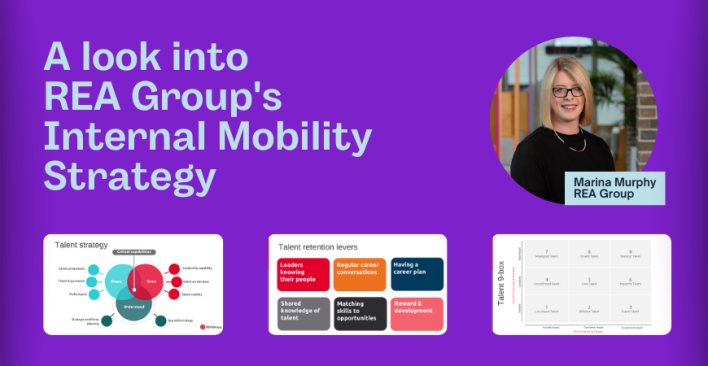Darwin’s Theory of Cohesion Works for Talent Management

Hiring Talent versus growing Talent is an age old debate that has been replayed countless times, and for a period of time the Moneyball theory seems like the way to go to build successful teams. However, if Ben Darwin’s “teamwork index”, or TWI, is anything as true as he has claimed, it could bring about a distinct change in the way organisations manage Talent in the future.
You might be wondering who is Ben Darwin? For the non-rugby fans out there, Darwin is a former Australian rugby union player and he is one of the founders of Gain Line Analytics, a sports analytics firm that created the TWI. The Index disputes the Moneyball theory and explains that success in sport, or just about any job that requires human co-operation, requires a high level of interaction, understanding, cohesion and trust that is built over time. It has got many calls right, including predicting the rise of the Western Bulldogs, and picking the Super Rugby finalists – the Lions and the Hurricanes.
PA Consulting also published a research article recently adhering to the same notion. It argues that there is a positive correlation between organisations who hire internal Talent and their financial results. The positive return on investment from hiring internally also reveals itself further in the form of more effective personal performances and stronger employee engagement & motivation levels.
Incidentally, this idea of familiarity breeds success is also one that I got from Derick Hine, Collingwood Football Club List Manager, during last year’s ATC. He told me that if we were to add up the number of times each player had played together with another and totaled this by team, you would see that the list is almost identical to the ladder.
Our very own Kevin Wheeler is also a strong believer of nurturing internal Talent and he had a huge debate with Dr John Sullivan, a huge proponent of the Moneyball theory, during a session that I facilitated at the ATC back in 2014.
With the light shining clearly on nurturing internal Talent, what can you as a Talent leader do to ensure you continue to recruit the best people for your organisation? Here are some ideas:
![]() Become an expert in the market I work in by understanding how people enter it, how they grow, what is the normal career path and importantly what are the salaries;
Become an expert in the market I work in by understanding how people enter it, how they grow, what is the normal career path and importantly what are the salaries;
![]() Meet quarterly with my key Hiring Managers and review the success of my hires and also of their team. Understand who has worked really well and why. Identify if it was leadership, socio-demographic, type of work background or competencies;
Meet quarterly with my key Hiring Managers and review the success of my hires and also of their team. Understand who has worked really well and why. Identify if it was leadership, socio-demographic, type of work background or competencies;
![]() Practice “no boundary” Internal recruitment for people who meet the criteria in the above point two;
Practice “no boundary” Internal recruitment for people who meet the criteria in the above point two;
![]() Create a succession plan for key positions and back this up with a proactive talent pool who I would be engaging with my Hiring Manager;
Create a succession plan for key positions and back this up with a proactive talent pool who I would be engaging with my Hiring Manager;
![]() When a key person leaves, I would meet with my Hiring Manager to understand why and also try to undertake a boomerang hire and re-recruit in the future.
When a key person leaves, I would meet with my Hiring Manager to understand why and also try to undertake a boomerang hire and re-recruit in the future.
You might say you do not have time for this. Well, my response to you, then, is – can you afford not to do some or all of this?
Images: Shutterstock
Learn the latest trends and find out the best practices at the upcoming Australasian Talent Conference, starting 21st June. Get in early to enjoy greater savings – tickets available here.

Related articles
Leave a Reply
Sign up to our newsletter
Get a weekly digest on the latest in Talent Acquisition.
Deliver this goodness to my inbox!


